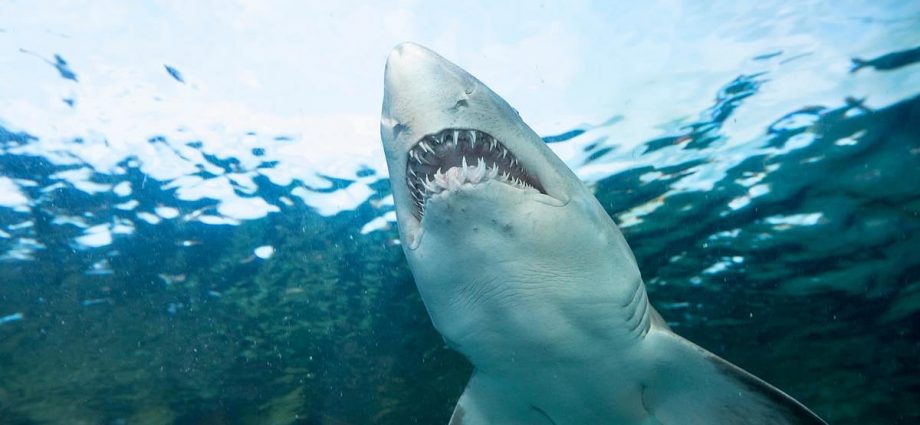TUESDAY, Feb. 11, 2025 (HealthDay News) — It was a bit safer to go into the water last year: Unprovoked shark attacks worldwide fell by about a third in 2024 compared to the year before, new data show.
The United States continues to be the most likely country in which to get bitten by a shark, according to the annual International Shark Attack File from the Florida Museum of Natural History. Twenty-eight of the 47 unprovoked shark attacks recorded in 2024 occurred in U.S. waters.
Shark attacks typically average about 70 per year over a 10-year period, so 2024 numbers were unusually low.
Australia ranked second on the list, with multiple bites reported, followed by reports of one attack each from Egypt, Belize, Trinidad and Tobago, The Bahamas, the Republic of Maldives, Mozambique, French Polynesia, Thailand, and Turks and Caicos.
Four of the 47 attacks recorded worldwide in 2024 proved fatal, which is also a marked decline, the Florida team said.
Unprovoked attacks do not include injuries that arise after a person intentionally or unintentionally initiates contact with a shark, including spearfishing and releasing sharks from nets or hooks.
Within the U.S., Florida had the most shark bites on record last year, at 14, and eight of those occurred in Volusia County, where Daytona Beach is located. Volusia County has long been dubbed the “shark bite capital of the world.”
“Many of these [Volusia] bites were likely from blacktip sharks, whose breeding grounds stretch along the northeast Florida coastline,” the museum said in a news release. “Many of the sharks in this area are juveniles and haven’t yet fully developed the ability to distinguish between humans and their natural prey, which includes fish, stingrays and other sharks.”
Another hotspot for shark bites was the Florida Panhandle. At Watersound Beach and nearby Seacrest Beach near South Walton, Fla., one woman and two teenagers were each bitten by sharks on the same day.
Bull sharks regularly patrol Florida’s north coast, noted Gavin Naylor, director of the Florida Program for Shark Research.
“You’ll see 20 to 30 of them patrolling the coast about 500 feet offshore, where they mind their own business,” he explained in the news release.
The release said that nearby dune lakes that regularly dump freshwater into the sea were reportedly blocked when the attacks occurred. This may have allowed schools of fish, which sharks invariably pursue, to swim closer to shore than they otherwise would have.
The beaches of Padre Island, a long barrier island complex near Corpus Christi, Tex., were also the scene of a cluster of shark bites over the July 4 weekend in 2024.
Were they caused by the same shark?
“We can’t preclude that it was the same animal, but what’s often overlooked is that the same climatic conditions that bring people into the water are the same conditions that bring sharks closer to shore,” Naylor said. In other words, if there’s one shark nearby, there are likely more.
“This naturally increases the likelihood of human-shark encounters,” said Joe Miguez, manager of the International Shark Attack File. “In the case of the Padre Island incidents, it is much more plausible that multiple sharks were present in the area, responding to the same environmental cues.”
Despite the harrowing stories, you’re extremely unlikely to ever encounter a shark attack, the experts said. Water dangers such as drowning in a riptide or a strong current kill far more beachgoers each year, they noted.
More information
Find out more about beach safety at Stop Drowning Now.
SOURCE: Florida Museum of Natural History, news release, Feb. 11, 2025
Copyright © 2025 HealthDay. All rights reserved.

